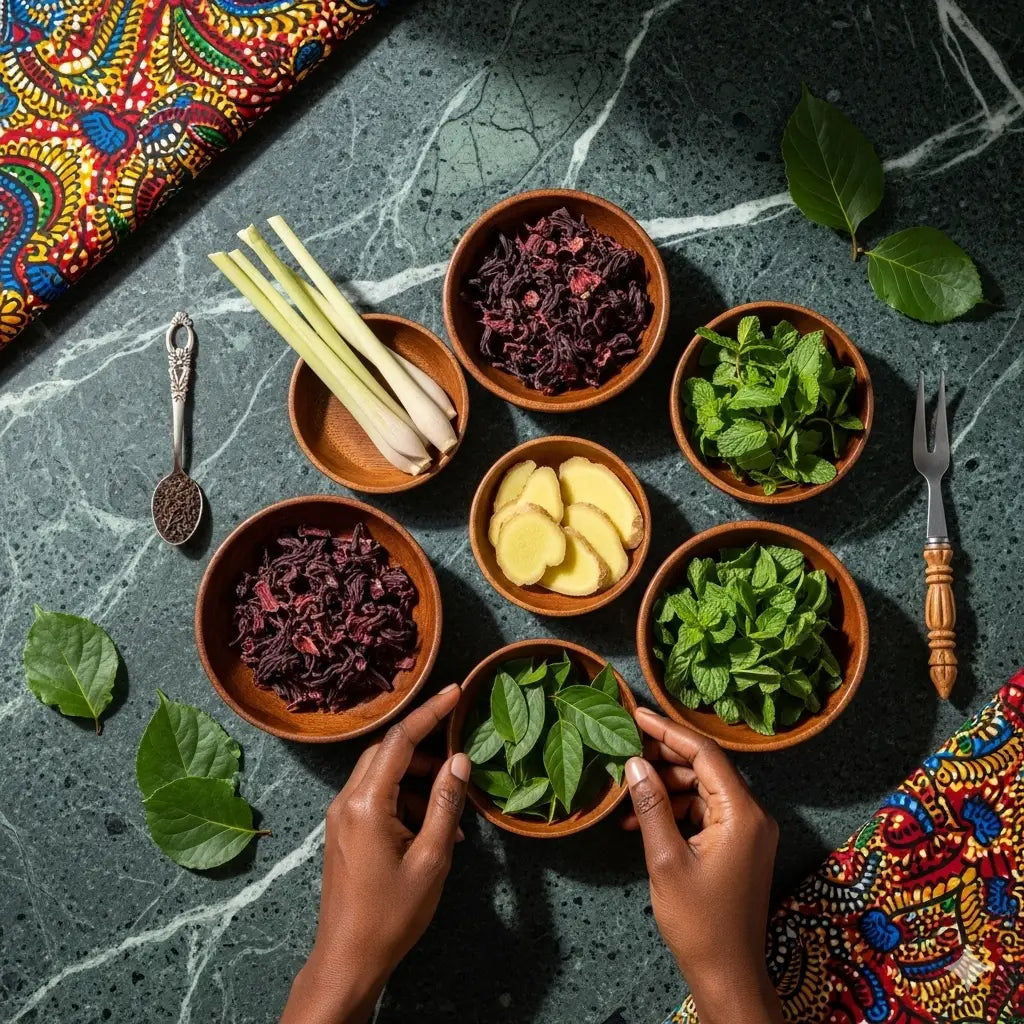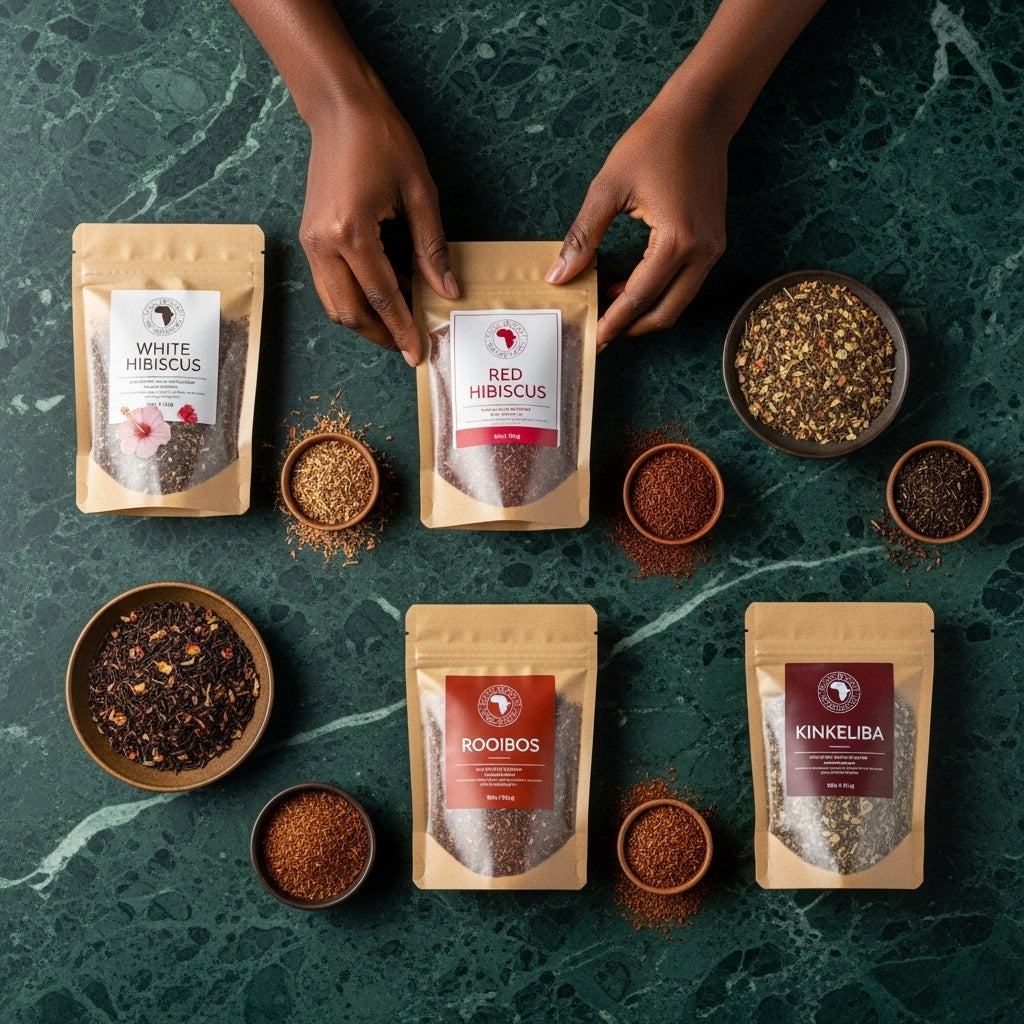Journey of the Senses: Discover the edible jute leaf, a true culinary treasure known as lalo or ademe. Originating from various African regions, this leafy vegetable enchants with its unique texture and subtle taste that elevates traditional dishes to new heights of flavor.
The Quality that Makes the Difference: The jute leaf offers a perfect combination of tenderness and lightness. Its green, slightly viscous leaves are rich in nutrients, ideal for enriching soups, stews, and sauces with their distinctive flavor. Choosing this leaf means selecting quality and authenticity at a glance.
Your Benefits at a Glance:
- Brings an incomparable subtle texture and taste to your dishes
- Rich in essential nutrients, perfect for a balanced diet
- Easily integrates into a variety of traditional and modern recipes
- Perfect for exploring new culinary flavors
How to Enhance Your Dishes:
Incorporate the edible jute leaf into your cooking with these usage tips: add them to soups and stews for a touch of exoticism, or use them as a base for delicate sauces. To fully enjoy their flavor, be sure to cook them slowly to preserve their slightly viscous texture.
Frequently Asked Questions about the Jute Leaf:
What is the difference between lalo and ademe?
Both terms refer to the same plant, the jute leaf, but the names vary according to regions and cultures.
How to store the jute leaf?
To preserve its freshness, store it in the refrigerator in a perforated or slightly moistened bag.
Is the jute leaf easy to cook?
Yes, it easily integrates into many recipes, bringing unique flavor and texture to your dishes.
What dishes can I prepare with the jute leaf?
It is ideal for soups, stews, and sauces, especially in African and Middle Eastern cuisines.
Is the jute leaf rich in nutrients?
Indeed, it is rich in vitamins and minerals, making it a healthy choice to enrich your diet.

























